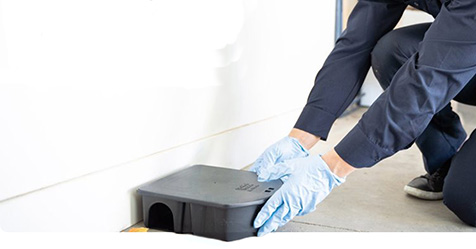In early June, my partner and I traveled into the future of the cleaning industry, and what we saw was good—very good.
It started routinely enough. We demonstrated a software program in December to a California company, got approval for the project in March, and worked collaboratively with the client through April and May to migrate the data and customize the database. We concluded the installation in early June. It wasn’t until the three-day training that we realized we had been catapulted into the future.
The first clue came in the form of the training site. It had a large screen TV to view the training, and multiple outlets at each station for electricity and connectivity. The room was designed to accommodate 12 trainees comfortably and was configured to maximize effective communication. The trainees also had a high level of expertise, so much so that we had to modify the training because they were two steps ahead of us.
But that was only a small part of it. Management ensured that all the key players in the implementation of the software attended the training. This included the operations director, four site managers, a support person in charge of technical and administrative protocol, and a systems analyst from the information technology (IT) department to work with issues that might arise with other technical components of the organization.
To appreciate what made this training so futuristic, maybe I should explain what usually happens during a training session. After selling and installing software, we always allocate time for training. Unfortunately:
- We spend the majority of these sessions selling trainees on the value of the software’s features rather than teaching how to use them.
- Trainees often lack basic technical expertise.
- The key players in the software implementation might not show up for the training.
Cleaning management software has become an essential tool for any cleaning operation, but money spent on even top-of-the-line software is a waste if it isn’t implemented properly. Here are some tips on how to effectively implement cleaning management software into your organization.
- Get user buy-in. It’s tempting to leave the naysayers out of the decision-making process, but these people will need to use the software eventually, and it’s easier to deal with objections upfront instead of on the backend. More important, these may be the very people who can provide insights into what you really need from your cleaning management software.
- Plan the implementation process. Cleaning management software requires the insertion or migration of a space inventory into the database and cleaning standards that are customized for the specific organization. The end user can perform these functions, but they are best done by experts who have experience in the intricacies of these skills. After the software has been configured and right-sized for your organization, it is important that you train the appropriate people and assign a point person to the project.
- Remember: You’re the boss. While buy-in is important, some people will always fight change. You can’t please everyone. In the end, you must make the decision that is best for your company.
Ultimately, make sure all the key players in charge of implementing the software and supervising the users take part in the training. The management team mentioned earlier had all the key players at the two-and-a-half-day sessions. Most of these team members had also been part of the research phase that led to choosing our particular software. All of the facilities management team participated in the migration and customization process and meetings. This familiarity with the program, and the inclusion of all the key players, allowed us to focus on how to use the software rather than why.



